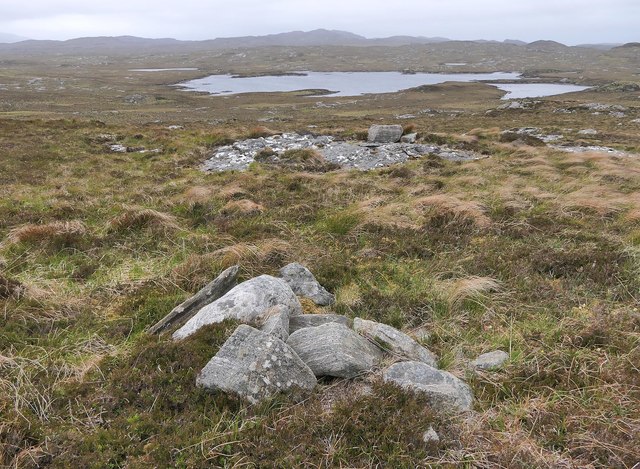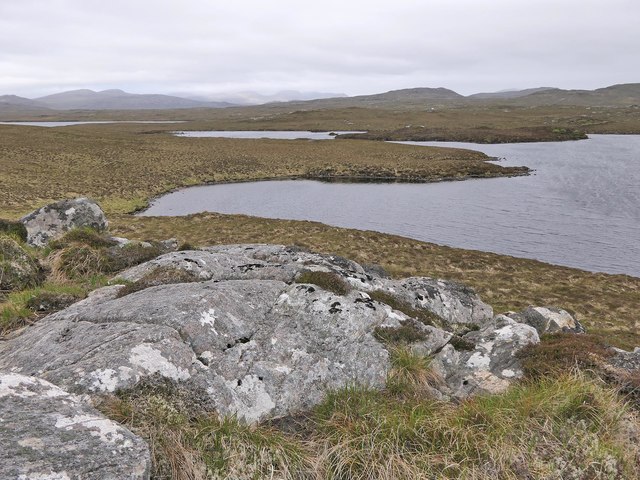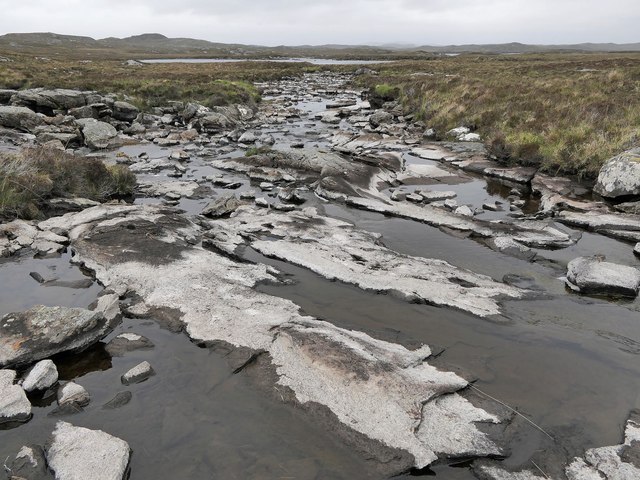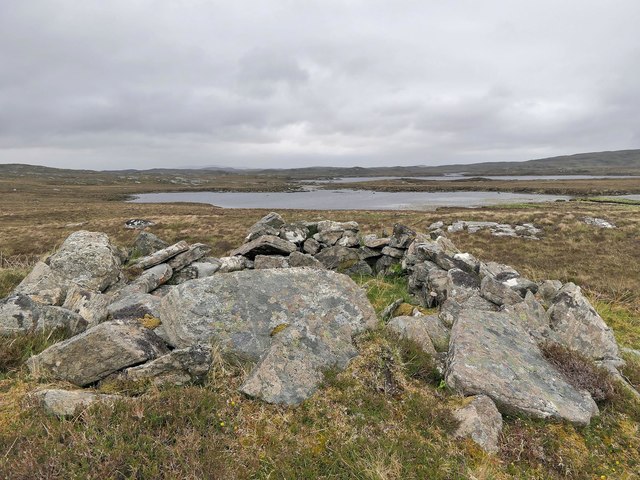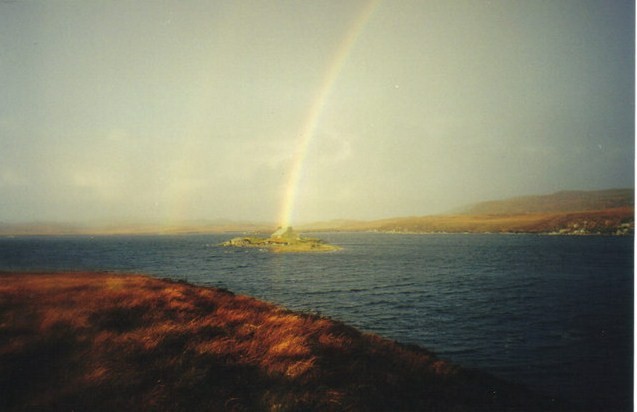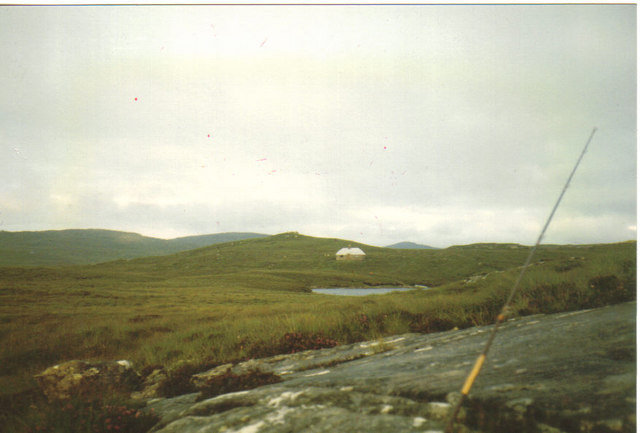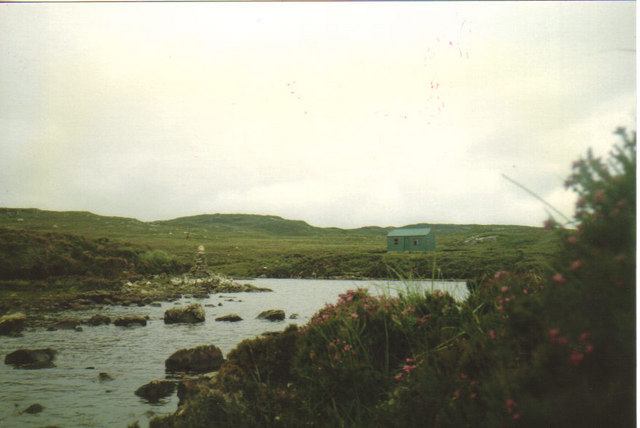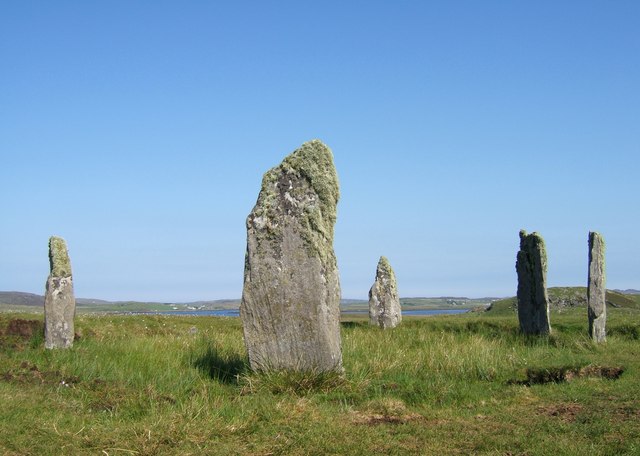Faoghail Charrasan
Lake, Pool, Pond, Freshwater Marsh in Ross-shire
Scotland
Faoghail Charrasan
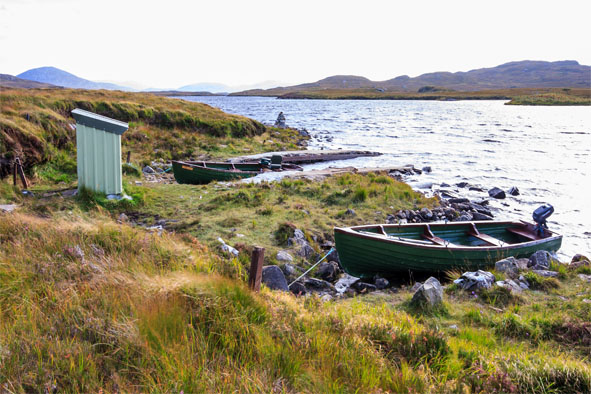
Faoghail Charrasan, located in Ross-shire, Scotland, is a picturesque freshwater marsh encompassing a lake, pool, and pond. This natural habitat is a haven for a diverse range of flora and fauna, making it a popular destination for nature enthusiasts and bird watchers.
The lake in Faoghail Charrasan is a stunning body of water, surrounded by lush greenery and reed beds. It spans a considerable area, providing a serene environment for various aquatic species. The lake is home to an assortment of fish, including brown trout and perch, attracting anglers looking for a peaceful spot to cast their lines.
Adjacent to the lake is a tranquil pool, smaller in size but equally captivating. This pool is fed by a natural spring, resulting in crystal-clear water that reflects the surrounding landscape. It is a favored spot for amphibians and waterfowl, with sightings of frogs, newts, and ducks being common.
In addition to the lake and pool, Faoghail Charrasan boasts a charming pond. This smaller water feature is teeming with life, from delicate water lilies to an array of insects and small invertebrates. It serves as a breeding ground for dragonflies and damselflies, creating a vibrant and dynamic ecosystem.
The freshwater marsh surrounding these water bodies is a vital habitat for many bird species. Visitors can observe a variety of waterfowl, such as swans, ducks, and herons, as well as rare bird species that use the marsh as a stopover during migration.
Faoghail Charrasan offers a unique opportunity to immerse oneself in the beauty of nature, with its diverse aquatic environments and thriving wildlife. Whether it's birdwatching, fishing, or simply enjoying the tranquility of the surroundings, this freshwater marsh is a true gem of Ross-shire.
If you have any feedback on the listing, please let us know in the comments section below.
Faoghail Charrasan Images
Images are sourced within 2km of 58.13312/-6.7449158 or Grid Reference NB2025. Thanks to Geograph Open Source API. All images are credited.
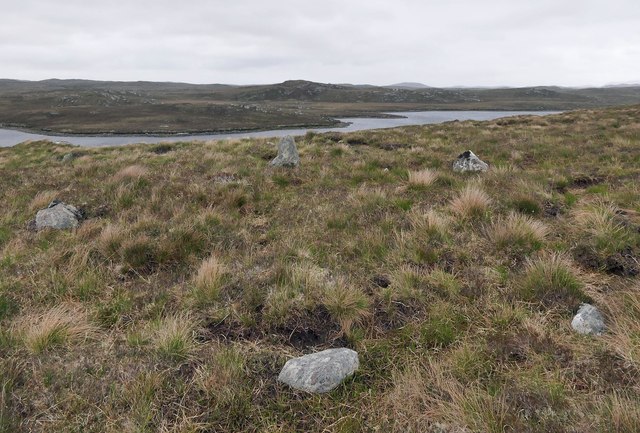
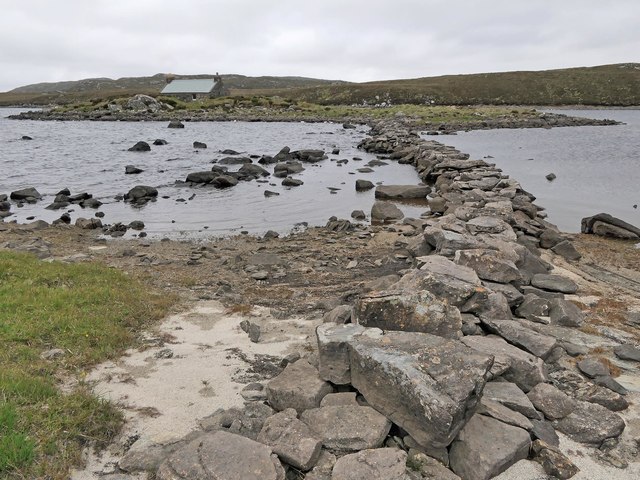
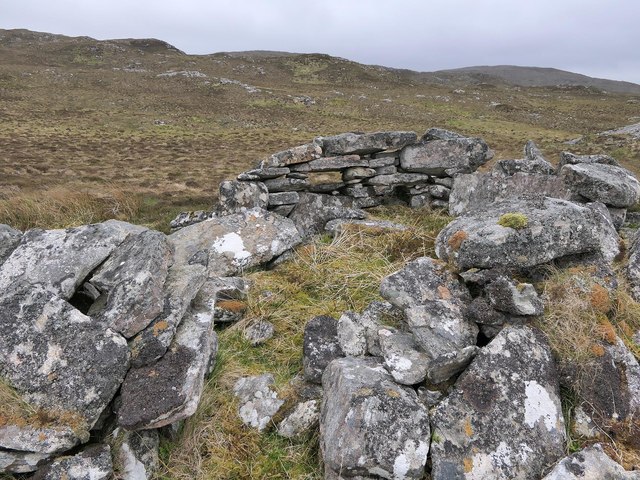
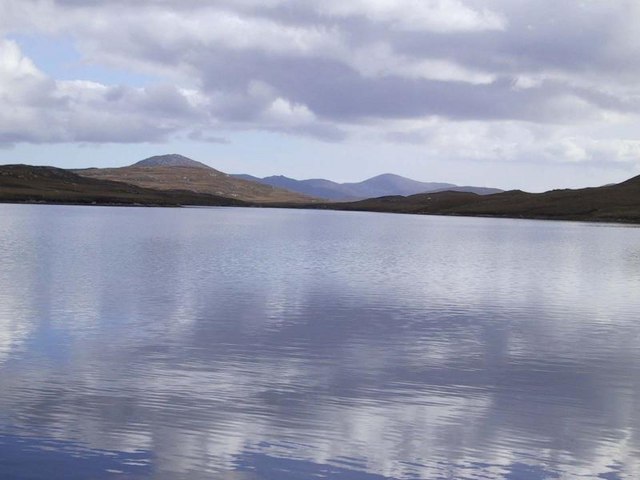
Faoghail Charrasan is located at Grid Ref: NB2025 (Lat: 58.13312, Lng: -6.7449158)
Unitary Authority: Na h-Eileanan an Iar
Police Authority: Highlands and Islands
What 3 Words
///forgives.maddening.conspire. Near Leurbost, Na h-Eileanan Siar
Related Wikis
Eilean Mòr, Loch Langavat
Eilean Mòr is an island in Loch Langavat on the Isle of Lewis in the Outer Hebrides of Scotland. == Footnotes ==
Callanish IV
The Callanish IV stone circle (Scottish Gaelic: Ceann Hulavig) is one of many megalithic structures around the better-known (and larger) Calanais I on...
Garynahine
Garynahine (Scottish Gaelic: Gearraidh na h-aibhne) is a settlement on Lewis, in the Outer Hebrides, Scotland. Garynahine is situated at a T-junction where...
Garynahine Estate
Garynahine Estate (Scottish Gaelic: Gearraidh na h-aibhne) in Garynahine, a village on the Isle of Lewis, Outer Hebrides was owned by Sir James Matheson...
Have you been to Faoghail Charrasan?
Leave your review of Faoghail Charrasan below (or comments, questions and feedback).
